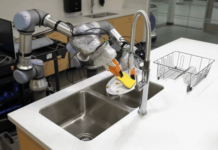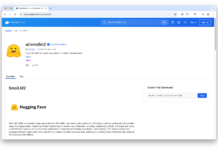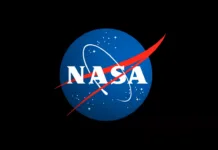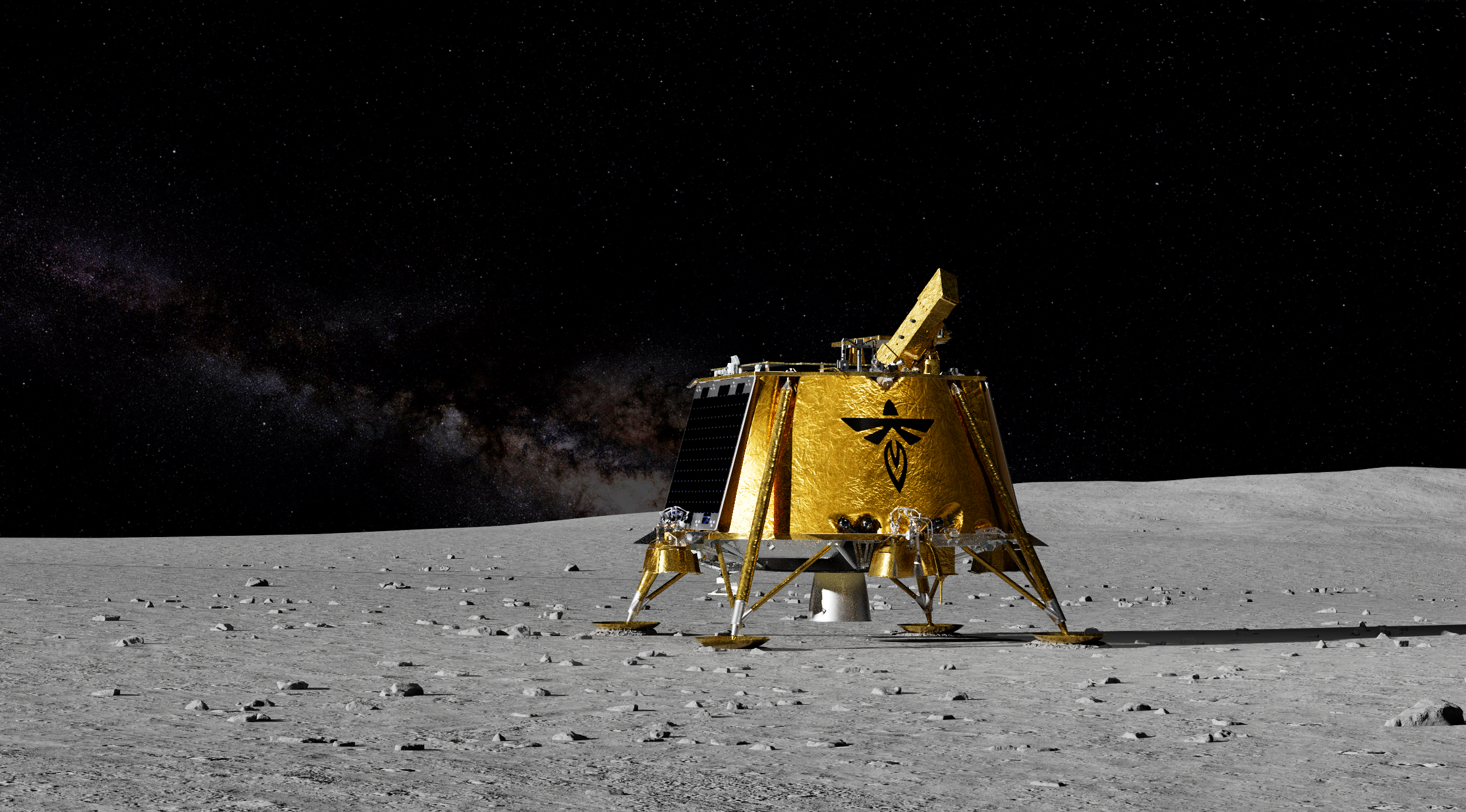NASA’s Pioneering Mission to the Moon: Unveiling the Mysteries of Earth’s Magnetic Shield
NASA is preparing for an exciting new mission to the Moon, which promises to significantly enhance our understanding of the space environment surrounding our planet. The mission will carry a groundbreaking instrument known as LEXI, or the Lunar Environment Heliospheric X-ray Imager. This innovative tool is set to offer the first-ever comprehensive global view of Earth’s magnetic environment, an essential shield that protects our planet from harmful solar radiation.
The Importance of Earth’s Magnetic Shield
To appreciate the value of LEXI’s mission, it is vital to understand the role of Earth’s magnetic environment. This magnetic shield, also known as the magnetosphere, is a region of space dominated by Earth’s magnetic field. It acts as a protective bubble, deflecting the charged particles emitted by the Sun, commonly referred to as solar radiation. Without this shield, life on Earth would be exposed to dangerous levels of radiation, which could have severe implications for both technology and biological life forms.
The Role of LEXI in the Lunar Mission
LEXI is designed to capture X-ray images of the Moon’s environment, specifically targeting the interaction between solar wind and the Moon’s surface. The solar wind is a stream of charged particles released from the upper atmosphere of the Sun, and it continuously flows through our solar system. By studying this interaction, LEXI will help scientists gain unprecedented insights into the dynamics of the Moon’s environment and its influence on the magnetosphere.
The instrument will provide data on the structure and dynamics of the magnetosphere, offering a clearer picture of how it protects the Earth from solar radiation. This data is crucial for understanding space weather, a term that describes the environmental conditions in space as influenced by the Sun and the solar wind. Space weather can affect satellite operations, GPS systems, power grids, and even pose risks to astronauts.
Understanding LEXI’s Technology
LEXI is equipped with advanced X-ray imaging technology that will enable it to detect and measure X-ray emissions from the Moon’s surface. These emissions occur when solar wind particles collide with the Moon, causing it to emit X-rays. By analyzing these emissions, scientists can infer details about the Moon’s surface composition and the solar wind’s properties.
The technology behind LEXI involves cutting-edge detectors and imaging systems capable of capturing detailed X-ray images. This capability will allow researchers to create comprehensive maps of the Moon’s surface and its interaction with solar wind. These maps will be critical in understanding the broader magnetospheric environment around Earth.
The Broader Implications of LEXI’s Mission
The data collected by LEXI will contribute to a better understanding of space weather phenomena. As space exploration becomes more ambitious, with plans for manned missions to Mars and beyond, understanding space weather becomes increasingly important. Knowledge gained from LEXI’s mission will aid in developing strategies to protect spacecraft and astronauts from the hazards of solar radiation.
Furthermore, the mission will enhance our understanding of the Moon itself, which is crucial for future lunar exploration. As NASA and other space agencies plan to establish a sustainable human presence on the Moon, understanding its environment becomes a priority. LEXI’s findings could inform the design of lunar habitats and help ensure the safety of future lunar missions.
The Future of Space Exploration
NASA’s mission with LEXI is a stepping stone towards a deeper understanding of our cosmic neighborhood. It highlights the importance of continuous exploration and research in unveiling the mysteries of space. As technology advances, the ability to gather more detailed and accurate data increases, paving the way for new discoveries.
The success of LEXI could inspire future missions equipped with even more advanced technology, potentially exploring other celestial bodies in our solar system. By building on the knowledge gained from LEXI, scientists can develop new theories and models to predict space weather and its effects more accurately.
Good to Know: The Global Collaboration in Space Science
LEXI’s mission is not only a testament to NASA’s capabilities but also a reflection of the collaborative nature of modern space science. The mission involves partnerships with various international space agencies and scientific organizations. This global collaboration ensures that the knowledge and insights gained are shared widely, benefiting the global scientific community.
Such partnerships are crucial in pooling resources, knowledge, and expertise to tackle the challenges of space exploration. They also foster a spirit of international cooperation, which is essential as humanity ventures further into space.
Conclusion
NASA’s upcoming mission to the Moon, featuring the LEXI instrument, marks a significant milestone in our quest to understand the space environment surrounding Earth. By providing the first global view of the magnetosphere from a lunar perspective, LEXI will offer invaluable data that could reshape our understanding of space weather and its impacts.
As we look forward to the future of space exploration, missions like this underscore the importance of scientific research and technological advancement. They remind us that while the challenges of exploring space are immense, so too are the possibilities for discovery and innovation. For more detailed information about the mission, you can visit the official NASA page dedicated to this groundbreaking project at NASA’s Goddard Space Flight Center.
For more Information, Refer to this article.


































